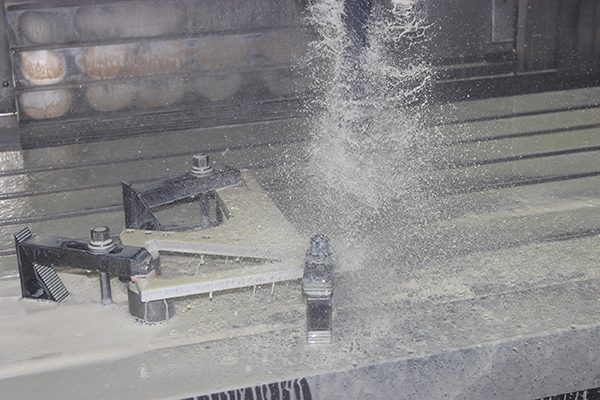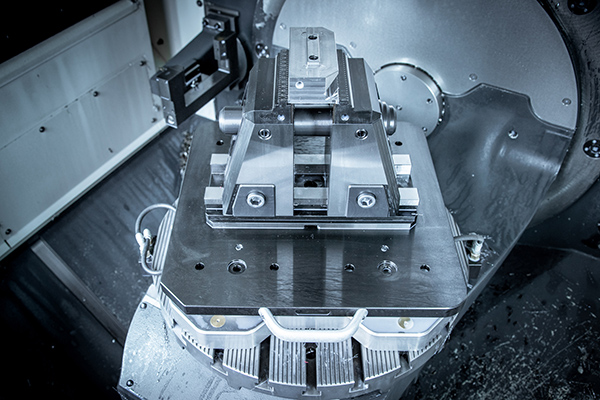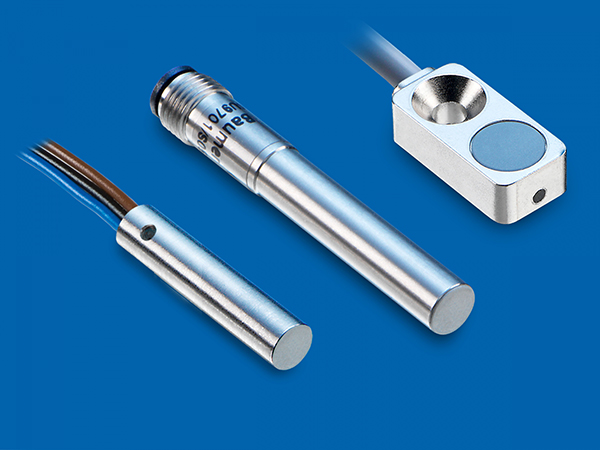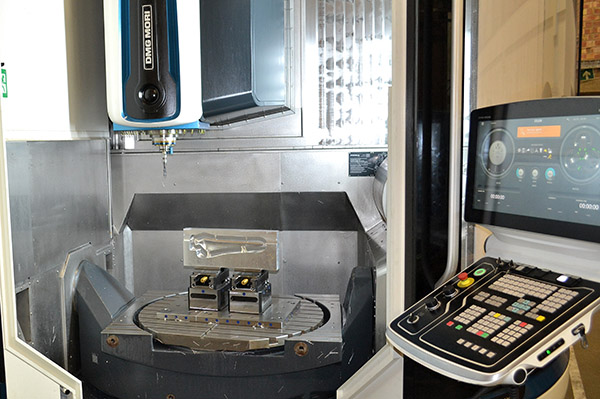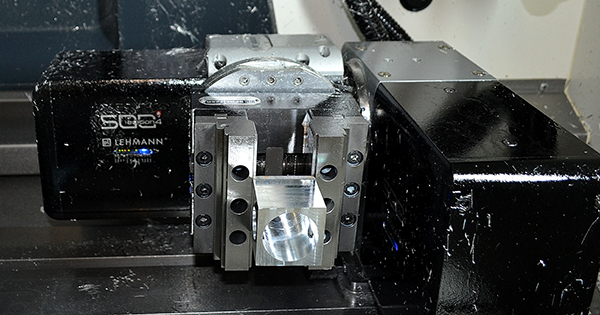
As a work-holding specialist and precision machining subcontractor, Brown & Holmes relies on coolant solutions from Rocol to keep its machine shop running at optimum levels.
Brown & Holmes CNC programmer Michael Gulliver says: “We are a global precision work-holding company, but we also work closely with prestige companies like Rolls-Royce. We’ve been using Rocol fluids for almost 10 years now and their products are excellent. We have a great relationship with Rocol and, if we have any concerns regarding the fluids, they are immediately on-site to solve any problems.”
The company deploys the UltraCut Evo 250 long-life soluble cutting fluid throughout its Tamworth site.
Gulliver says: “UltraCut Evo has made a significant improvement to our tool life. We’ve used various other products in the past, but the performance and longevity of UltraCut Evo 250 are significant. The cutting fluid also demonstrates a noticeable difference with evaporation. Previous coolants would easily evaporate within the machine envelope and wider work area, but this is not the case with the Rocol fluid. In addition, our operators have noticed that there is no longer an odour in the machine shop.”
Suitable for use with a diverse range of ferrous and non-ferrous materials, UltraCut Evo 250’s prolonged sump life and low odour is down to several factors. Firstly, the cutting fluid rejects tramp oil which, when removed/skimmed-off, eliminates the main food source for bacteria. Furthermore, the fluid itself is inherently resistant to degradation thanks to its bio-stable constitution, while the absence of biocides or skin sensitizers makes it very operator friendly.
For further information
www.rocol.com






